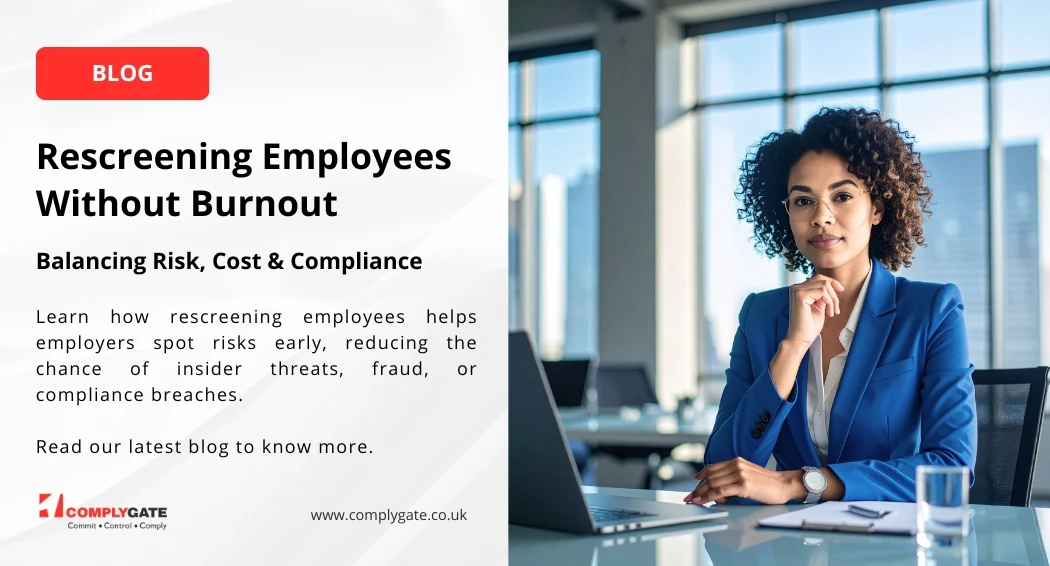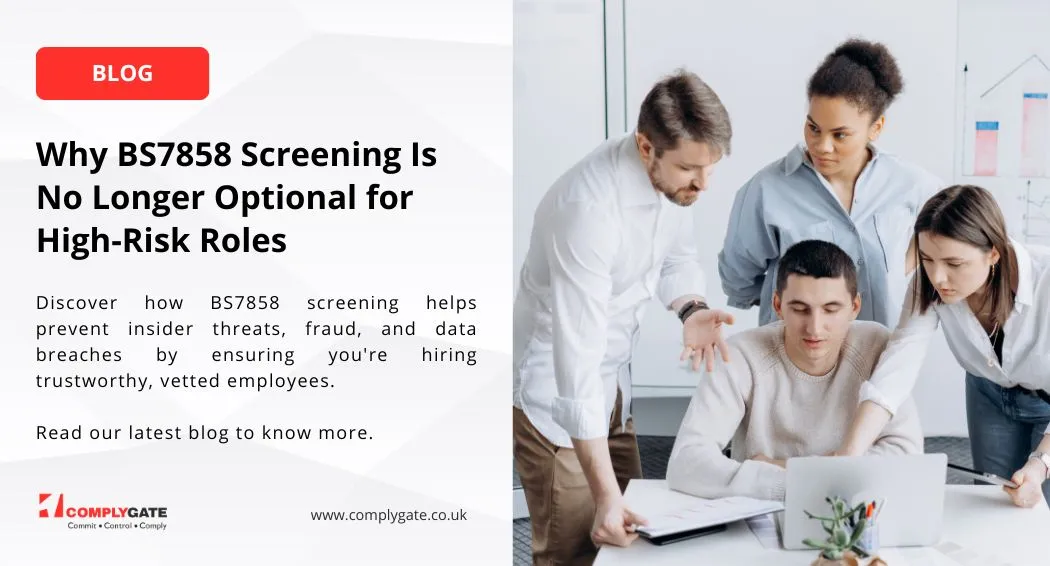Managing Zoom Fatigue
Combating Zoom Fatigue
Video calls are often understood to be exhausting and draining. Upon pondering, the reason understood to be behind this happens, in part, to be the consistent focus that we put on official video conversations while absorbing information from team members and managers. These calls also require the participants to stare directly at their screens for extended periods of time without doing anything such as blinking or mental breaks, and this causes fatigue.
This is much more common than what one would think at first. Team members feel more exhausted at the end of a long workday characterised by extended video calls. Unsurprisingly, the malapropism “Zoom fatigue” has kept on popping up on social media and other communication mediums during the last few months.
There are a number of factors which, when put together, end up draining an individual who has been on video calls for an extended period of time.
A major reason is the focus that video calling requires us to put onto the conversations as we pay attention to the caller and take mental notes of the details being fed. Extra attention paid by the viewer due to the fact that one can only use the chat feature if one got distracted during the call, and it is not a convenient thing to do and very few people would want it to go that way.
Video calls make it easier for the viewer to often lose focus, and this definitely doesn’t solve the “focus” problem. Texting and composing email messages, on the other hand, is a relatively easy-on-the-mind and a relaxed task. Besides, multiple video sessions or meetings within a single workday has become a typical attribute of a mid-level employee’s remote working scenario. All these factors, when coupled with the typical parameters of a work-from-home scenario with family and even kids, can be very stressful, especially when the individual is working in a non-private space and is unsurprisingly aware of possible disturbance issues that can arise.
The way we process and pore over important details and information over a video call gives rise to “Zoom fatigue”. We can only look at the screen to show the other person that we’re paying attention. But this does not happen too often in real life, i.e., a person does not stand within a few feet of his / her colleague staring at his / her face. For humans, engaging in a constant gaze towards anything in particular for extended periods of time can be stressful and tiring. This is why we keep on breaking prolonged gazes to look sideways for a moment. However, gazing sideways on a video call is not an appropriate thing to do as it may seem that a viewer is not being attentive. The lack of visual breaks causes the brain to grow tired and induces fatigue.
The following research-based tips can mitigate vision-induced fatigue.
Stick to one task at a time
Generally we tend to multitask to finish up assignments rapidly as well as tend to save much time for critical discussions. However, research has postulated that multitasking reduces performance and people who multitask do not tend to remember very well. This is because certain parts of the human brain tend to be on and off for the different tasks that we do simultaneously, and switching between various tasks can take up a lot of time.
Use intermittent breaks
It is advisable to institute breaks within an extended video call schedule. Breaks can be had by minimizing video call application window, looking away from your computer for a minute, or by getting up from your workstation and take an indoor stroll for a few minutes. All the participants of the call understand this very well, as video stress is not limited to a few elite members only. During schedules which involve constant back-to-back calling sessions, take out time for relaxation and pause, and ask everyone to do the same if you’re in charge.
Minimize onscreen distractions
Research has surmised that many time people on video calls tend to look at themselves and their own images only. This causes a lot of distractions to themselves and to the people who are addressing them and also when they’re themselves addressing the others. While on calls, focusing on things like the backgrounds of your fellow callers can also distract all the call attendees, as the brain processes all the visual aspects of the physical environments that all your fellow attendees are located within. Use plain backgrounds and ask people to do the same, as this can greatly reduce distractions.
Organize virtual social events
Social virtual sessions after a long day of back-to-back calls can greatly relieve the induced stress of the working hours and help everyone to relax. The social organizer can welcome everyone who wishes to opt in for the social, which of course should not be made obligatory to join. A large group can be facilitated by appointing a facilitator, who would also encourage and make sure that everyone gets a chance to speak and express themselves. Discussion topics can include betterment of video sessions amongst others.
Replacing communication by phone calls or email
A great idea is to use email or normal phone calls for exchanging ideas and updating team members about work status, instead of daily video calls. Take breaks from video calling whenever possible and ask everyone around you to consider switch to phone calls or emailing if possible.
Implementing these tips can take a while for everyone to follow and be on the same page. Also, many of the tips may be hard to follow at first. However, following these steps can improve your attention and prevent stressing up and fatigue, both for yourself and your fellow callers. After all, making work a little easier for yourself can help you achieve more.











